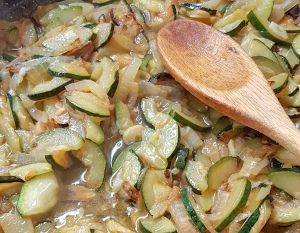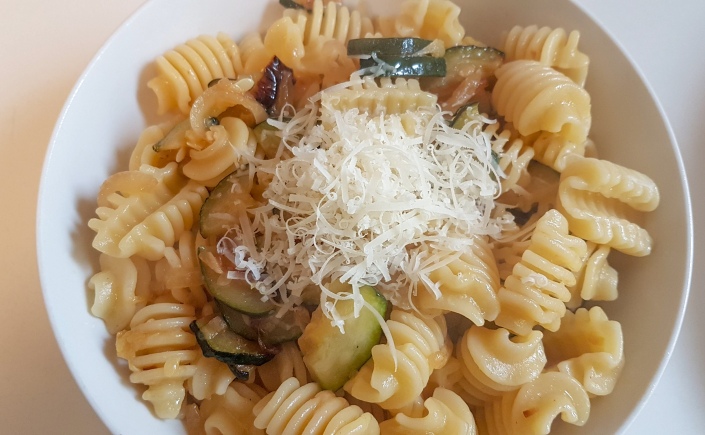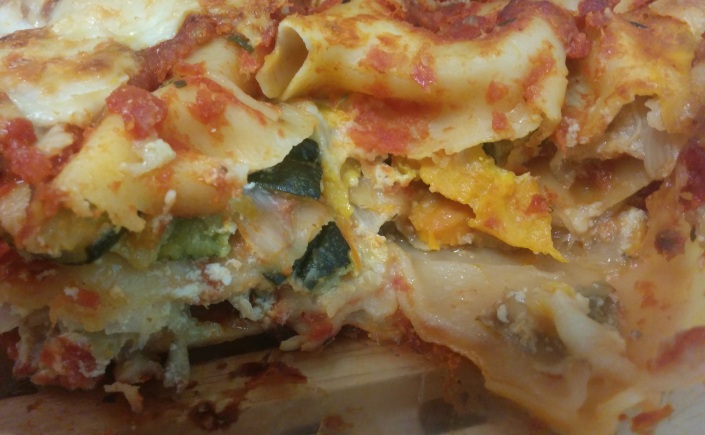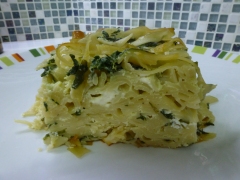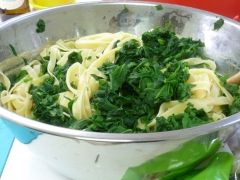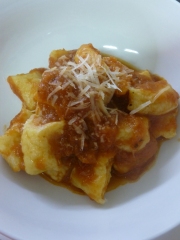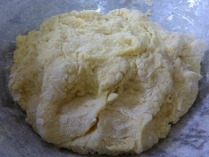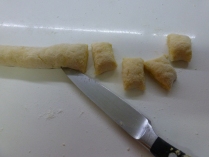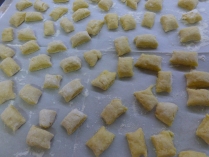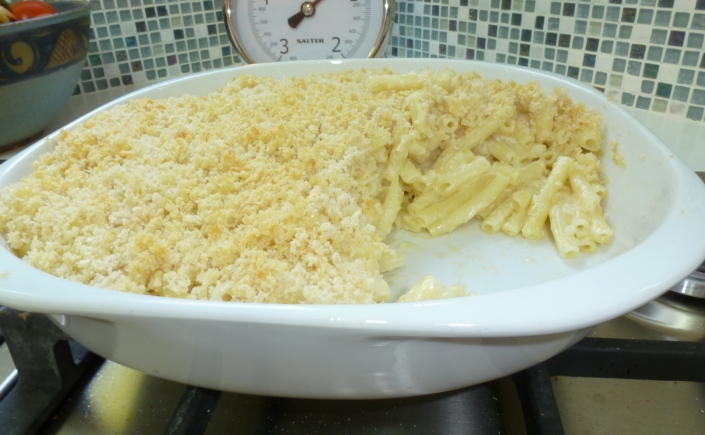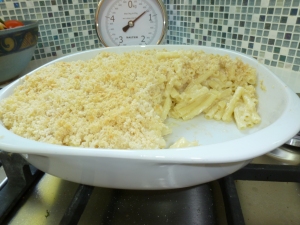Not only Rafael Nadal has an Uncle Tony. When I was growing up in South Africa, my best friend Marianna’s father, also one of my parents’ closest friends, was Uncle Tony (very common back then to call parents’ friends “uncle” or “aunty”). I have the strongest memories of hanging out in their kitchen with Marianna, while Uncle Tony nursed a massive pot of pasta sauce made from fresh tomatoes, which had sun ripened on their kitchen window sill. He would let the sauce to simmer for hours, walking past it every now and again to give it a loving stir and a taste.
Uncle Tony immigrated to South Africa from Italy after World War II, and brought to our little provincial outpost a sorely needed injection of authentic Italian cooking. A meal at their house involved huge helpings of mouth-watering pasta, accompanied by Uncle Tony, fussing around the table, never sitting down, and making sure that everyone was eating more than their fill: “Eata sum mora,” he would say in his thick Italian accent. And we did.
Besides his classic fresh pasta sauce, one dish that he taught my mother to make was Pasta e Fagioli, (pasta and beans). This hearty, peasant-style pasta dish filled with beans and the holy trinity of Italian vegetables, became a staple in my house. When I came to live in Israel, I didn’t bring the recipe with me, because, I didn’t bring any recipes with me, and it seemed that this dish was to become a thing of the past! But when received a gift of the classic vegetarian cook book “The Vegetarian Epicure”, in it was the recipe for Pasta e Fagioli. Rediscovered, I followed the recipe and it was perfect, conjuring up the exact taste and aroma that took me straight back to Uncle Tony’s kitchen, in Cape Town in the 1980s.

Pasta e Fagioli
I make this dish regularly in the winter as it’s such perfect comfort food. It does involve a little work and more than one pot, but the result is a very filling and satisfying pasta with lots of nutritional value. Many recipes have this as a soup dish, but I prefer serving it as a less liquidy side or main dish.
This post is dedicated to the memory of Uncle Tony.
PASTA E FAGIOLI
Ingredients
1½ cups dried navy beans or any small beans
¼ cup olive oil
2 bay leaves
4 cloves garlic
4 peeled carrots
3 stalks celery
1 large onion
4 cloves garlic crushed
1 teaspoon dried oregano
1 teaspoon dried basil
Salt and ground black pepper
1 large can (800 g/28 oz) whole peeled tomatoes
500 g (1 lb) shell macaroni
Chopped fresh parsley and grated Parmesan cheese for serving (optional)
How to do it

Soak the beans overnight
1. The night before, soak the beans in 6 cups of water in a large pot.
2. The next day, add the ¼ cup olive oil, bay leaves, garlic cloves, 1 teaspoon salt to the pot and bring to the boil. Turn down the heat and simmer until the beans are tender (this can take from about 45 minutes up to 2 hours – it’s important to check and make sure they are cooked through.) Once they are cooked, drain the the beans and save the liquid for later use. Throw out the bay leaves and garlic.

Onions, carrots, celery: The Holy Trinity of Italian cooking
3. Chop the carrots, celery and onion into small pieces and in a large skillet or wok, saute them in hot olive oil. Add the crushed garlic, oregano, basil, salt and pepper, and allow to saute until the carrots are tender (about 15-20 minutes).
4. Dice half of the tomatoes and add to the skillet. Cover and allow to cook for another 10 minutes.

Sauteed and seasoned vegetables
5. Meanwhile, cook the macaroni until just before al dente (about 1 minute less than recommended on the package). This is important as the macaroni continues cooking later on in the dish, and will soften further.
6. Dice the rest of the tomatoes. Add the vegetable mix, the macaroni and the rest of the tomatoes to the bean pot. Then add about 1½ cups of the bean liquid you set aside, as well as the juice from the tomatoes. Mix gently, add extra seasoning to taste, bring to the boil, reduce the heat to low, cover and simmer for another 10-15 minutes. Note: Save the remaining bean liquid for use in heating up any leftovers.

Putting it all together
7. Pour into a large serving dish and garnish with parsley and Parmesan cheese if you wish.
Serves about 8.
